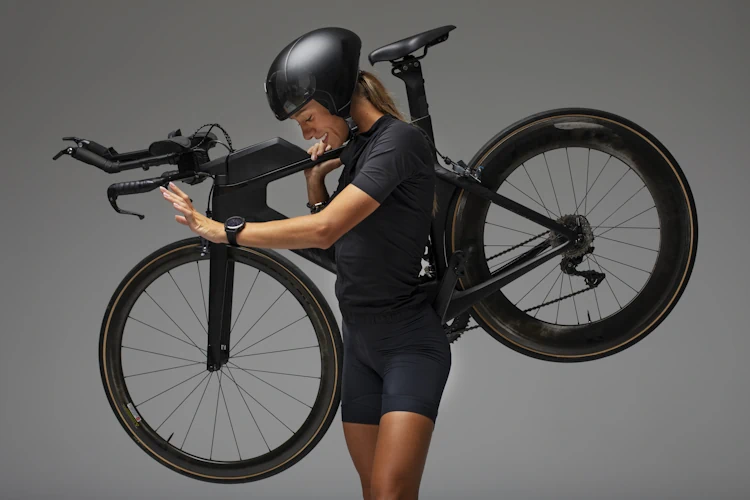In the dynamic world of cycling, every component plays a crucial role in delivering a smooth and efficient ride. One often overlooked yet vital element is the tubeless valve. This article explores the significance of a good seal and how tubeless valves can profoundly impact your cycling experience.
Understanding Tubeless Technology
Definition and Benefits
Tubeless technology has revolutionized the cycling industry by eliminating the need for inner tubes. This system involves a tire and rim combination designed to create an airtight seal, allowing riders to enjoy lower tire pressures, reduced puncture risks, and improved overall performance.
The Role of Tubeless Valves
At the heart of the tubeless system lies the tubeless valve. This small but crucial component acts as the gateway for inflating and deflating the tire. Ensuring a proper seal is imperative for maintaining the tire’s pressure and preventing air leakage during rides.

The Impact of a Good Seal
Enhancing Performance
A good seal provided by a high-quality tubeless valve contributes to enhanced performance on various terrains. It allows cyclists to run lower tire pressures without the risk of pinch flats, providing a smoother ride and improved traction.
Minimizing Puncture Risks
A secure seal is the first line of defense against punctures. Tubeless valves that form a tight bond with the rim prevent debris and sharp objects from penetrating the tire, reducing the likelihood of flats during rides.
Improving Rolling Efficiency
An airtight seal ensures consistent tire pressure, leading to improved rolling efficiency. Cyclists can experience reduced rolling resistance, allowing them to maintain higher speeds with less effort.
Choosing the Right Tubeless Valve
Valve Design and Materials
Different tubeless valves come in various designs and materials. Cyclists should consider factors such as valve length, materials used (aluminum or brass), and the type of valve core. These factors impact durability, weight, and compatibility with different rim profiles.
Compatibility with Rim Profiles
Selecting a tubeless valve compatible with your specific rim profile is crucial. Some rims have unique shapes and thicknesses, requiring specific valve designs for a perfect seal. Cyclists should consult their rim and tire manufacturer’s guidelines when choosing tubeless valves.
Maintenance and Troubleshooting
Regular Inspections
Maintaining a good seal requires regular inspections of the tubeless valve. Check for signs of wear, corrosion, or damage. Replace any worn-out components promptly to ensure optimal performance.
Addressing Common Issues
Issues such as air leakage, difficulty inflating the tire, or seal failures may arise. Understanding common problems and their solutions, such as adding sealant or adjusting the valve core, can help cyclists troubleshoot and resolve issues efficiently.
Conclusion
In conclusion, the importance of a good seal cannot be overstated when it comes to tubeless valves. These small but critical components significantly impact the overall riding experience by enhancing performance, minimizing puncture risks, and improving rolling efficiency. Cyclists should prioritize choosing the right tubeless valve, regular maintenance, and troubleshooting to ensure a seamless and enjoyable ride.
Frequently Asked Questions (FAQs)
- Can any tubeless valve be used with any rim?
- While many tubeless valves are universal, it’s essential to check compatibility with specific rim profiles to ensure a proper seal.
- How often should tubeless valves be inspected?
- Regular inspections are recommended, especially before significant rides. Inspect for wear, damage, or signs of corrosion and address any issues promptly.
- What are the benefits of using tubeless valves over traditional inner tubes?
- Tubeless valves offer benefits such as reduced puncture risks, lower tire pressures for enhanced traction, and improved rolling efficiency compared to traditional inner tubes.
- Can tubeless valves be used for both road and mountain bikes?
- Yes, tubeless valves are versatile and suitable for both road and mountain bikes. Cyclists should choose valves based on their specific cycling needs.
- Are there any specific maintenance tips for tubeless valves during the off-season?
- During the off-season, it’s advisable to remove the tires, inspect the valves, and clean any accumulated sealant residue. Store the tires and valves in a cool, dry place to maintain their integrity.